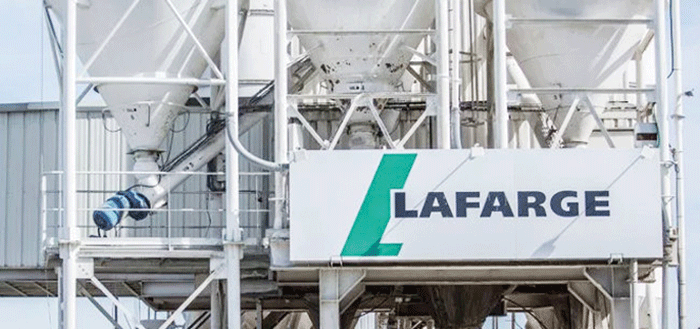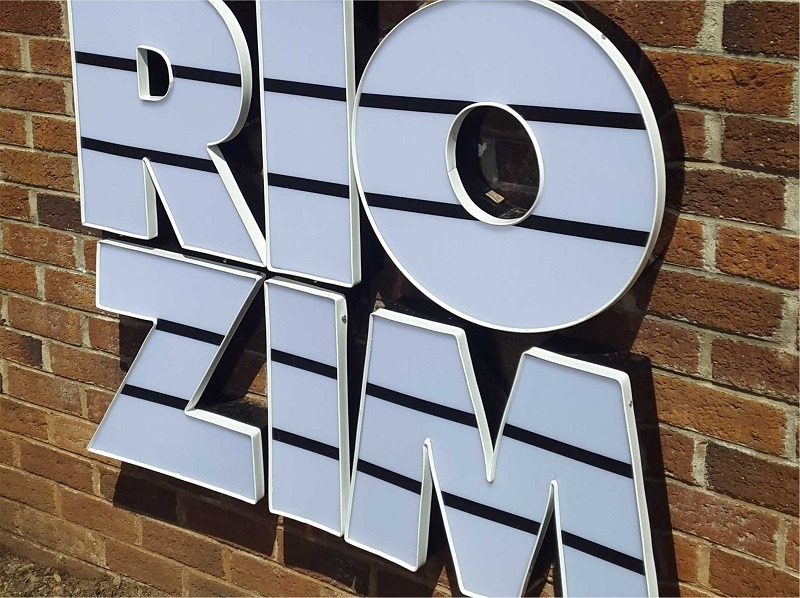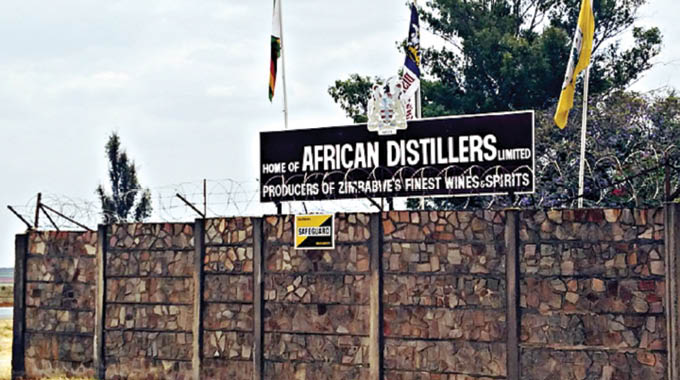Zimbabwe's deflation thawed substantially after the annual inflation rate gained 0,65 percentage points to minus 0,26 percent in April as revenue from tobacco eased the liquidity crisis, but analysts warned the danger was not over yet.
According to the Zimbabwe National Statistical Agency the annual rate of inflation improved from minus 0,91 percent in March 2013 to minus 0,26 percent in April.
"This means that prices, as measured by the all items CPI decreased by an average of 0,26 percentage points between April 2013 and April 2014," Zimstat said.
Zimbabwe entered deflation in February as liquidity conditions tightened while aggregate demand kept declining due to lower disposable incomes.
During deflation, when the annual rate of inflation falls below zero, companies cannot increase prices of goods; instead, they cut prices even when costs are rising.
However, some economists believe that Zimbabwe was not in deflation, positing that the drop in prices was only price correction in line with trends in the region.
Annual food and non-alcoholic beverages inflation prone to transitory shocks was minus 3,73 percent in April while non-food inflation for the month was 1,50 percent.
The monthly rate of inflation gained 0,81 percentage points on the March rate of minus 0,22 percent to 0,58 percent in April. Zimstat said prices, as measured by the CPI increased by an average of 0,58 percent from March 2014 to April 2014.
Economists yesterday gave varied accounts of their opinions on the factors behind the easing of the deflation, including the weakening rand and improved liquidity.
Harare economist Mr Witness Chinyama said there has not been any change of key macro-economic fundamentals, as such people should not read much into the surge in the rate of annual inflation as it was only marginal.
"We should not read much into it unless, it had been a very big or substantial change (above zero inflation rate). It could be due to some technical factors such as if you had a lower base last year," Mr Chinyama said.
He said with a lower measuring base for inflation last year, it was technically possible the rate of inflation for the corresponding month of this year would be higher.
Harare economist Mr John Robertson attributed the increase in the rate of inflation to the strengthening of the South African rand as a possible factor to the surge.
"This could be because of the strengthening of the South African rand, (since) you do not get much from the US dollar when you buy from South Africa," he said.
Mr Robertson also suggested that the reason behind inflation seemingly beginning to creep up could be rising costs, which could have decelerated decrease in prices.
"It could be costs are rising and prices were not falling as fast as they were (in the last few months)," he said.
Another Harare economist who spoke on condition that he was not named said prices had risen marginally during the period under review owing to an improved liquidity situation due to sales of tobacco since mid March this year.
"There has been a lot of liquidity injected into the economy since March. We may see a lot of liquidity and income being generated from tobacco between March and August this year," the Harare-based economist said.
Zimbabwe has generated $398 million from 124 million kilogrammes of flue-cured tobacco sold since the opening of the 2014 selling season mid-February, statistics from the Tobacco Industry and Marketing Board (TIMB) show.
However, the economist pointed out that the economy could slump deeper into deflation mode if Government fails to come up with measures to improve liquidity by August, when the tobacco marketing season comes to an end.
Tight liquidity amid ever increasing closure of companies has negatively impacted disposable incomes, which in turn has resulted in lower demand for goods.
This has thrown the economy into deflation. Economists warned deflation was hard to exit as it calls for stimulant packages to boost aggregate demand.
While inflation, which peaked at 231 million at the last official count prior to dollarisation in 2009, is not desirable if too high, an average rate of 3,5 percent is acceptable to allow for cost adjustments and a profit margin for viability.
Government has little latitude to stimulate demand, either by boosting industrial activity or improving the liquidity situation, considering the country is using a basket of foreign currencies and currently not printing its own currency.
The situation was worsened by the fact that the country's export performance is poor, diaspora inflows are subdued, lines of credit and foreign direct investment have kept trickling at a painfully low rate due to perceived country risk.
Options available to Government include re-engaging multi and bi-lateral lenders, negotiated settlement to the issue of sanctions, optimising revenue from minerals, resolving the debt issue, tapping informal sector revenues and making Zimbabwe attractive to investors to help boost industrial activity to create jobs.
- The Herald
 Concern over Masvingo black market
Concern over Masvingo black market  Kenya declares three days of mourning for Mugabe
Kenya declares three days of mourning for Mugabe  UK's Boris Johnson quits over Brexit stretegy
UK's Boris Johnson quits over Brexit stretegy  SecZim licences VFEX
SecZim licences VFEX  Zimbabwe abandons debt relief initiative
Zimbabwe abandons debt relief initiative  European Investment Bank warms up to Zimbabwe
European Investment Bank warms up to Zimbabwe  Young Investment Professional (YIP) Graduate Programme 2019
Young Investment Professional (YIP) Graduate Programme 2019 










 Young Investment Professional (YIP) Graduate Programme 2019
Young Investment Professional (YIP) Graduate Programme 2019
Editor's Pick